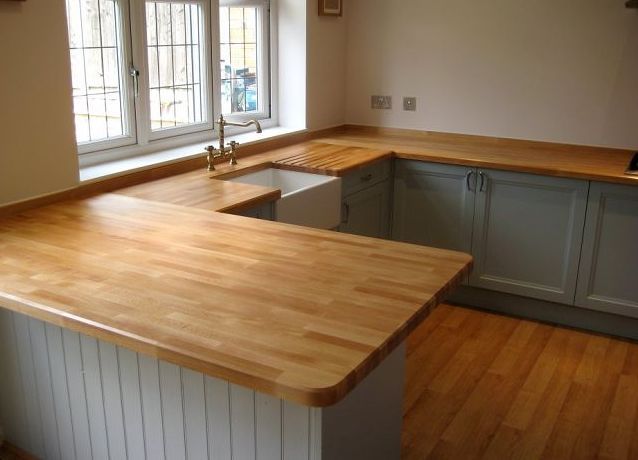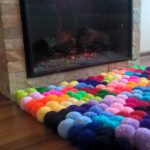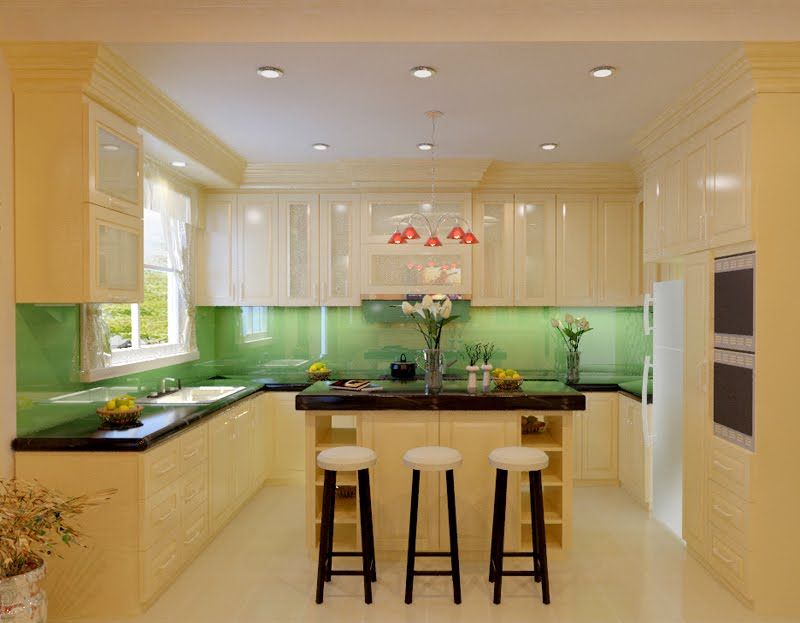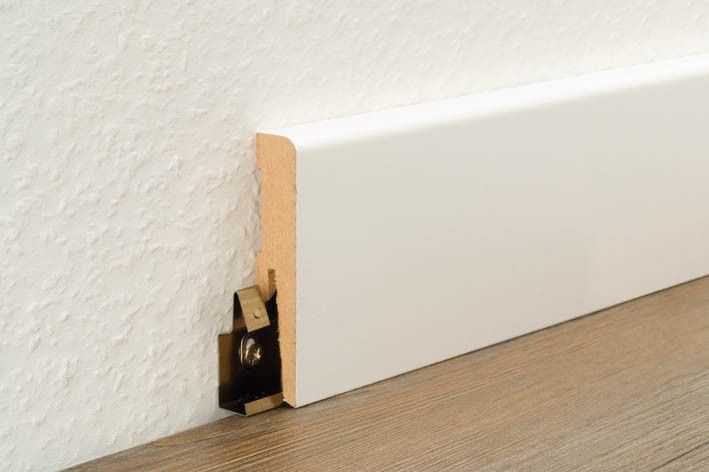DIY laminate tabletop
The kitchen is one of the main rooms in the house. Therefore, the organization of your workspace must be taken seriously. Household appliances and furniture should be placed so that they are convenient to use. One of the main attributes of the kitchen space is the countertop. It is on it that household appliances are placed and the cooking process takes place. The tabletop can be made from different materials, such as solid boards, glass, chipboard or stone.
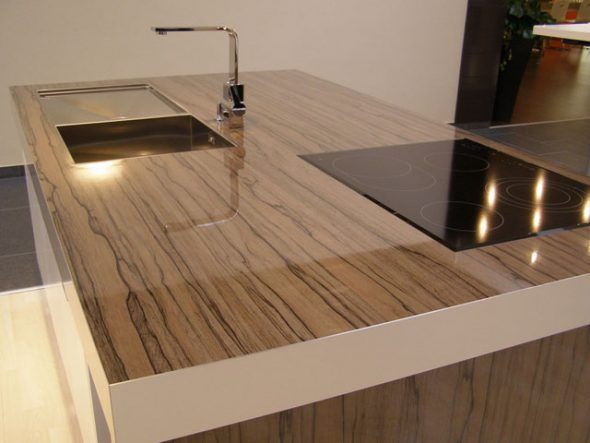
The content of the article
Laminate countertops for the kitchen
Laminate is one of the most popular options for kitchen countertops. It has an affordable price, as well as a wide selection of different textures and colors. The material can be glossy or matte, it can imitate wood or natural stone. It is made from shavings, which are pressed, and then a decorative layer is applied. After which the product is impregnated with resin or melamine. The resulting product is quite durable and very easy to care for.
Advantages and disadvantages of the solution
Like any other material, laminate for kitchen countertops has its advantages and disadvantages.
The advantages include:
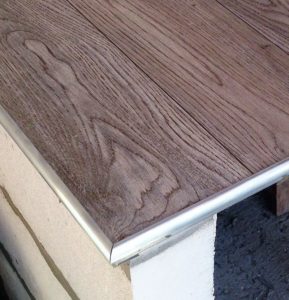 The material is quite reliable. Compared to natural wood, it retains its original appearance much better under almost constant exposure to liquid, temperature and various sharp objects.
The material is quite reliable. Compared to natural wood, it retains its original appearance much better under almost constant exposure to liquid, temperature and various sharp objects.- Care.Due to the fact that the material is impregnated with resins, it does not require any special care.
- Price. The price of laminate flooring is significantly lower compared to other materials. At the same time, its service life is quite long and is about ten years.
- Appearance. Compared to other coatings, laminate has a much wider selection of colors, textures and patterns.
- The material allows you to give the future tabletop absolutely any shape.
REFERENCE. Despite the fact that the coating does not require special care, you should not use cleaning agents that contain abrasive particles. This will lead to deformation of the top layer of the product.
The disadvantages of laminate countertops are:
- Traces of grease remain on the coating.
- If there is a washing machine in the kitchen, the vibration it creates can lead to deformation of the entire structure.
- When using harsh detergents, the appearance of the countertop deteriorates very quickly.
- In places where frequent temperature changes are possible, cracks may form over time.
- If the surface has chips or scratches, moisture entering through them causes the coating to swell.
How to make a laminate countertop with your own hands
Laminate is a material that is quite easy to use. If you have all the necessary materials, you can even handle it yourself without any preparation.
Manufacturing stages:
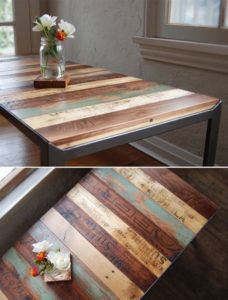 Preparatory. First you need to decide on the size and shape of the future product. You also need to decide on the design, choose colors that will harmonize with the rest of the kitchen space. It is also worth considering whether the structure will have frequent contact with water.For such places, it is advisable to take ready-made material. Factory countertops are covered with a special protective layer, and their edges are raised, which prevents moisture from dripping onto the floor.
Preparatory. First you need to decide on the size and shape of the future product. You also need to decide on the design, choose colors that will harmonize with the rest of the kitchen space. It is also worth considering whether the structure will have frequent contact with water.For such places, it is advisable to take ready-made material. Factory countertops are covered with a special protective layer, and their edges are raised, which prevents moisture from dripping onto the floor.- Choice of material. It is necessary to decide what the product will be attached to. This can be plywood, which is quite durable and yet lightweight. MDF is also a suitable option. It is heavier than plywood, however, it is more durable. And due to the fact that MDF has a rough surface, the glue is absorbed much better, which adds greater strength to the structure.
- Next, you need to choose the right adhesive, since not all types of laminate have an adhesive layer already applied.
- The prepared plywood sheets must be given the desired size and shape. If the tabletop needs to fit very tightly, you can cut the plywood a little larger.
- Laminate flooring is also cut to fit the size of the countertop. It is advisable to leave 10 mm at the edges. This will allow you to adjust the size in place after it has been glued.
- An even layer of glue is applied to the plywood blank. The same procedure is carried out with laminate. This must be done carefully to avoid the formation of smudges.
- The glue needs to dry a little, after which the laminate sheet must be placed on the plywood and pressed tightly and evenly.
REFERENCE. To ensure that the surfaces stick evenly, it is advisable to take a rag and treat the surface with light pressing movements from the center to the edges.
- It is necessary to prepare the edge; it must also be made from laminate. Then glue it to all existing edges of the tabletop.
- Using a sander, you need to remove all excess.
- Using a soft, damp cloth, wipe the finished product to remove all traces of glue.
Laminate countertops can be an excellent solution for the kitchen. They are easy to manufacture, and a wide selection of colors and patterns allows you to choose an option for any room design.
